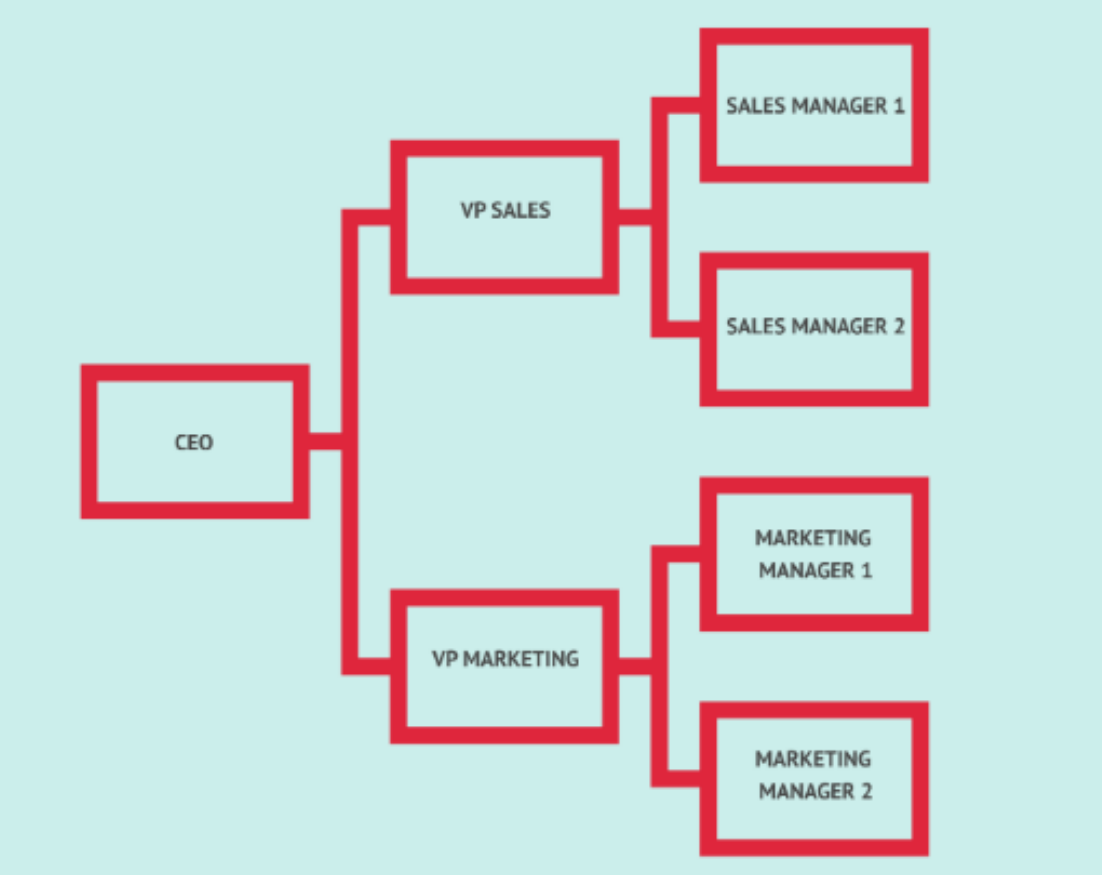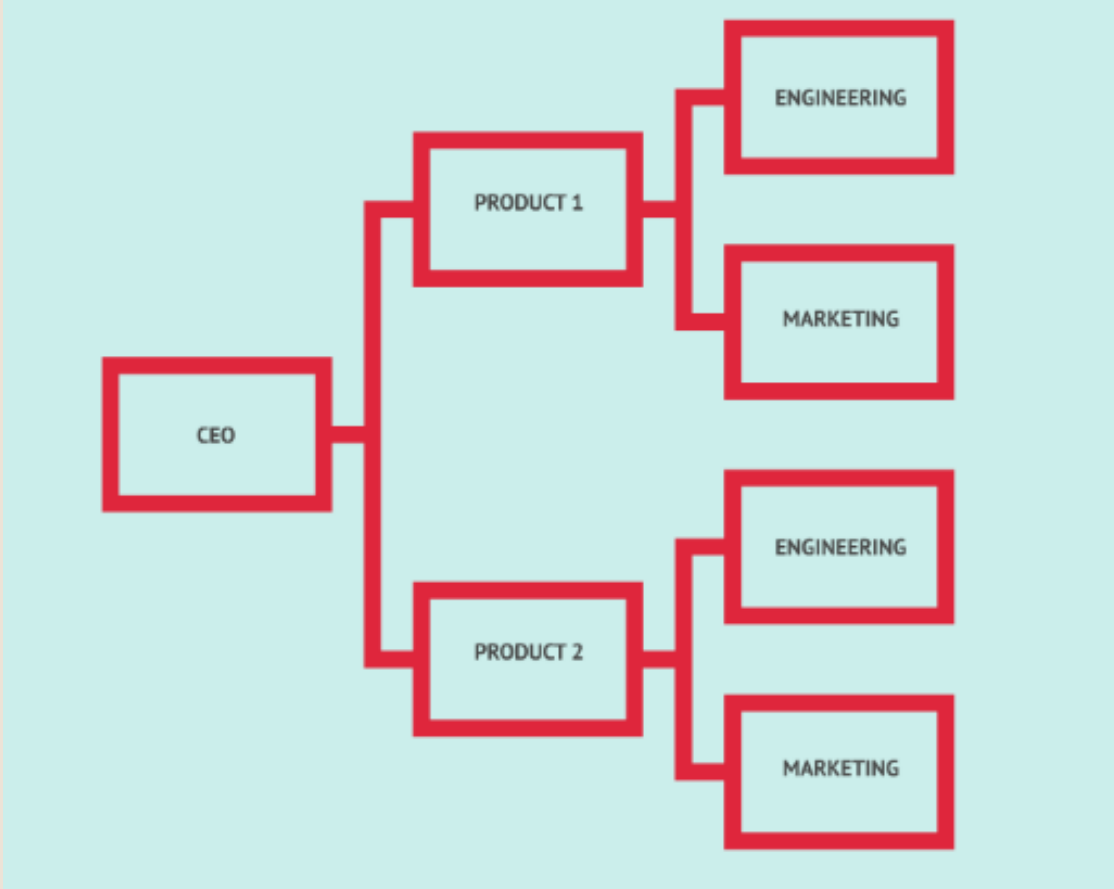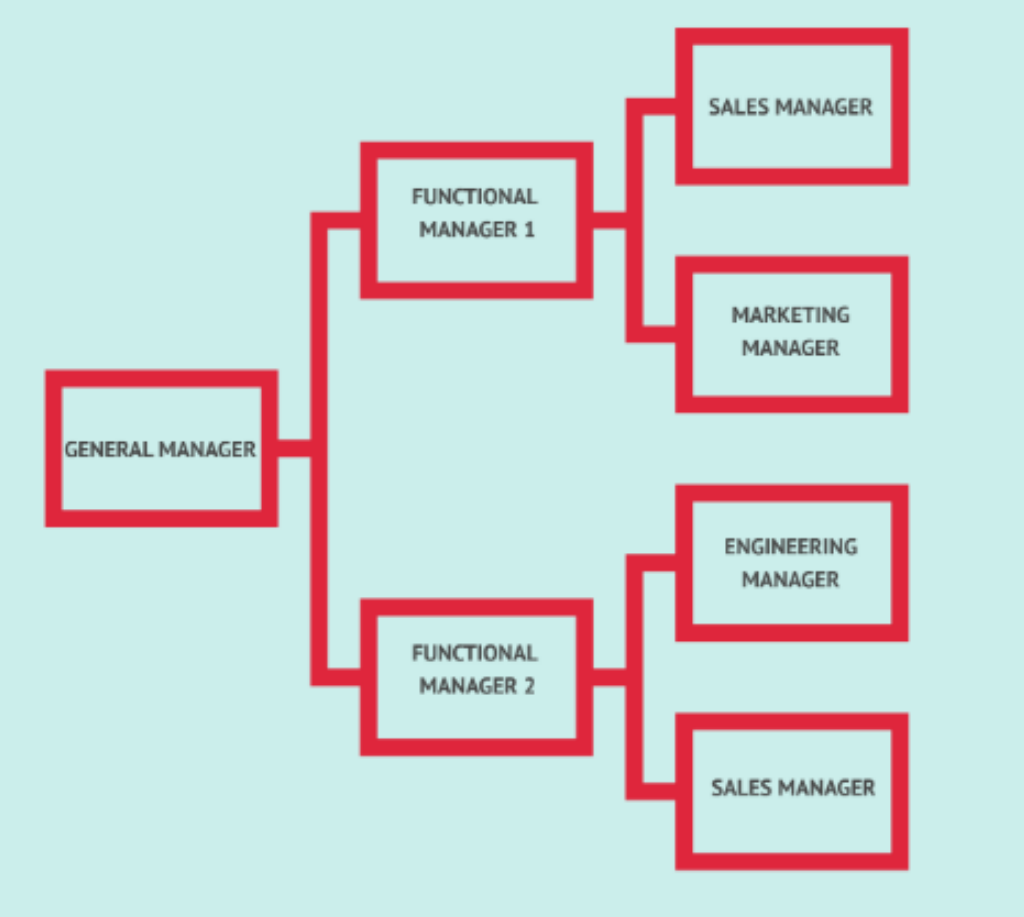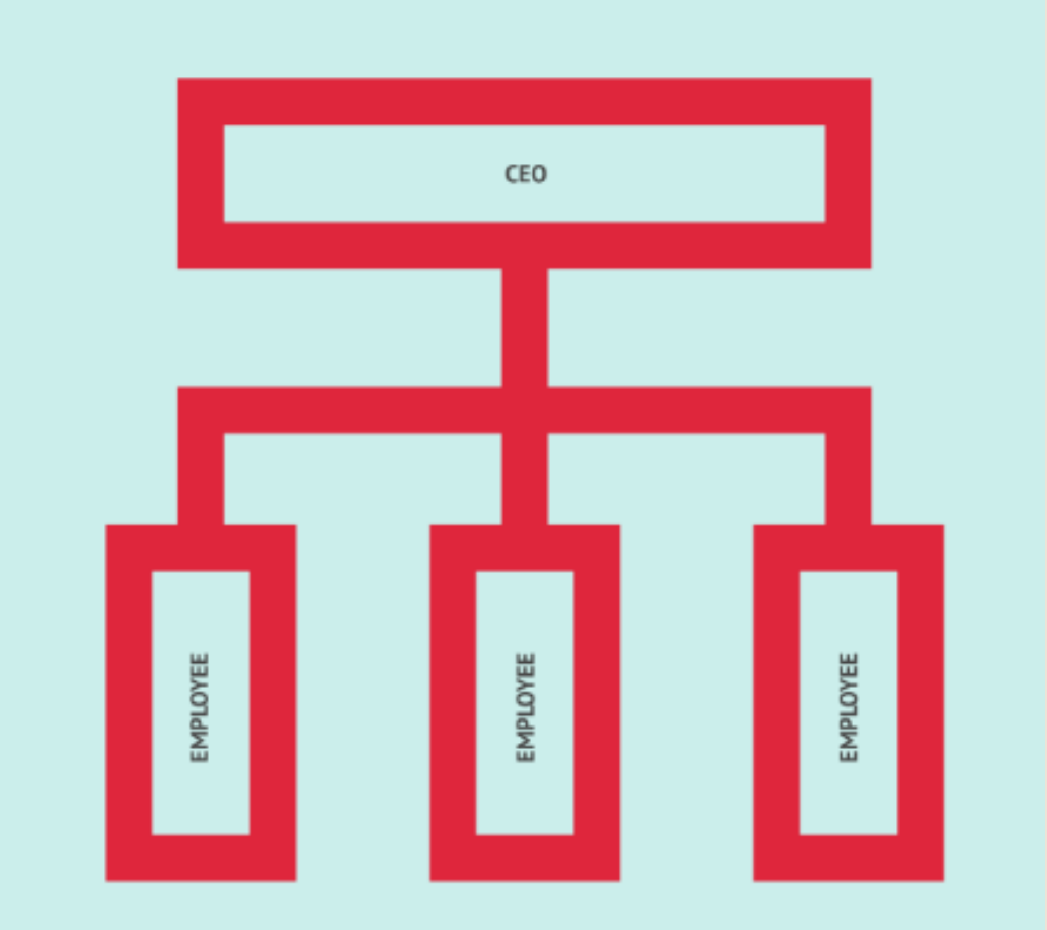[TM] L5: Workforce Planning
1/33
There's no tags or description
Looks like no tags are added yet.
Name | Mastery | Learn | Test | Matching | Spaced |
|---|
No study sessions yet.
34 Terms
Workforce Planning
Ensuring that the right people with the right skills are in the right place at the right time to meet an organization’s goals.
Workforce Planning
A systematic process of identifying, acquiring, developing, and retaining employees to meet the needs of an organization.
Workforce Planning
The “strategic” element denotes the integration between ____________ and an organization’s strategic plan—its mission, goals, and objectives.
Organizational Structure
Outlines the hierarchy within an organization and describes the roles, responsibilities and lines of command that exist to achieve the organization's business goals.
Functional, Divisional, Matrix, Flat
What are the 4 types of Organizational Structures?
Functional, Divisional
What are the 2 types of Siloed Organizational Structures?
Matrix, Flat
What are the 2 types of Open Organizational Structures?
Functional Organizational Structure
This organizational structure is organized based on the company’s key functions.
Divisional Organizational Structure
This organizational structure is organized based on the company’s key products.
Matrix Organizational Structure
This organizational structure is organized based on cross-functional teams and functions.
Flat Organizational Structure
This organizational structure is organized based on self-management and a lack of managerial structures.
Functional Organizational Structure
Organizational Structures
People are grouped according to their area of professional competence and specialization.
Very bureaucratic and has a top-down approach.

Functional Organizational Structure
Organizational Structures
Pros of this organizational structure include:
Establishing clearly defined roles and expectations.
Facilitating improved performance and productivity.
Allowing for skill development and specialization.
Functional Organizational Structure
Organizational Structures
Cons of this organizational structure include:
Creating barriers, or silos, between functions.
Limiting employees’ communication and knowledge with other departments.
Inhibiting collaboration and innovation.
Divisional Organizational Structure
Organizational Structures
Groups are organized according to the projects, or products the company focuses on.
Structure is more flexible to the hierarchical organization.

Divisional Organizational Structure
Organizational Structures
Pros of this organizational structure include:
Allowing divisions to work independently.
Meeting individual divisions' needs more quickly and specifically.
Promoting focus on specific products or services.
Divisional Organizational Structure
Organizational Structures
Cons of this organizational structure include:
Duplicating resources or activities.
Decentralizing decision-making.
Matrix Organizational Structure
Organizational Structures
Blends elements of a functional and divisional structure
Resembles a grid in which employees with similar skills are grouped together and report to more than one manager.

Matrix Organizational Structure
Organizational Structures
Pros of this organizational structure include:
Enabling a flexible work environment.
Fostering a balanced decision-making process.
Promoting open communication and shared resources across the business.
Matrix Organizational Structure
Organizational Structures
Cons of this organizational structure include:
Creating confusion about authority.
Tracking budgets and resources can be difficult.
Limiting efficiency of key performance indicators (KPIs)
Flatarchy Organizational Structure
Organizational Structures
Born from the startup way of acknowledging more independence and autonomy for employees.
Employees are given more responsibility and decision-making power without the usual hierarchical pressures or supervision, and can often be more productive.

Flatarchy Organizational Structure
Organizational Structures
Pros of this organizational structure include:
Reducing budget costs due to a lack of middle management.
Building relationships between staff and superiors.
Facilitating a quicker, easier decision-making process
Flatarchy Organizational Structure
Organizational Structures
Cons of this organizational structure include:
Requiring extensive planning to be effective.
Causing confusion over who makes decisions.
Requiring contingency plans to resolve conflicts.
Definition and clarity of roles, Goals alignment, Culture development, Productivity that uses people in the best possible way, Efficiency in the allocation of resources, Better decision-making processes
6 Important Points about an Organizational Structure
Work Specialization, Departmentalization, Formalization
Impact of organizational size on structure and design (3)
Supply Analysis, Demand Analysis, Gap Analysis, Solution Analysis, Monitoring and Evaluation
What are the 5 steps in Workforce Planning?
Talent Inventory, HR Forecast, Action Planning
What are the 3 components of effective workforce planning?
Talent Inventory
Components of an Effective Workforce Planning
To assess the current available resources and analyze current role of employees.
HR Forecast
Components of an Effective Workforce Planning
To predict HR requirements considering the following:
headcount
skills mix
internal versus external labor supply
Action Planning
Components of an Effective Workforce Planning
To enlarge the pool of qualified individuals by recruitment, selection, training, placement, transfer, promotion, development and compensation
Productivity Ratio
Components of an Effective Workforce Planning
A measure of how much output (goods or services) a worker or organization produces per unit of labor.
Includes Input and Output.
Input
Productivity Ratio
Can be measured in terms of the number of hours worked, the number of workers, or the amount of capital invested.
Output
Productivity Ratio
Can be measured in terms of revenue generated or in physical units produced.
Strategic Basis for Decision Making, Anticipate workforce needs rather than react to surprises, Contingency planning, Provide better understanding of the areas of the workforce that needs to be strengthened, Creates a connection between mission, strategic plans, and human resource needs
What are the 5 Benefits of Workforce Planning?